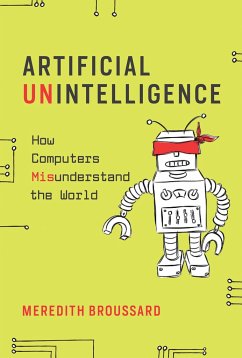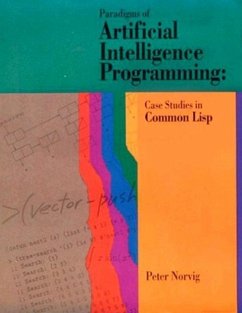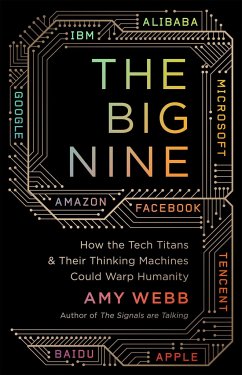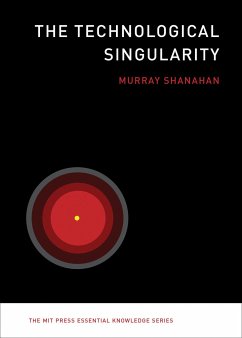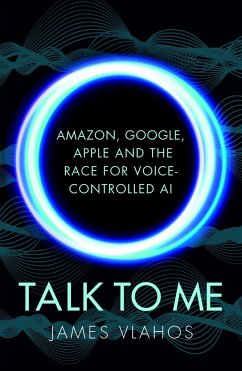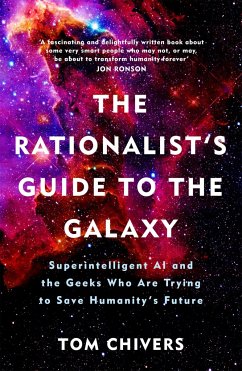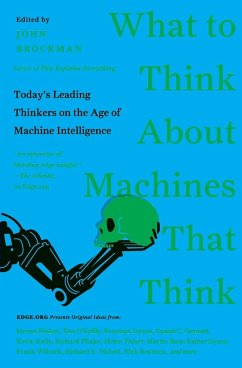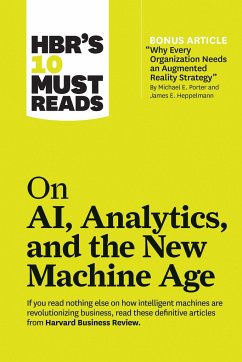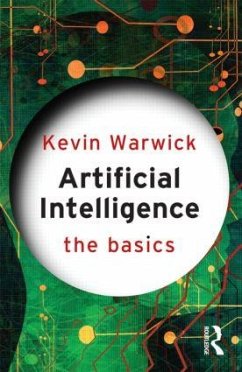
Nils J. Nilsson (Professor Emeritus)
Broschiertes Buch
The Quest for Artificial Intelligence
Versandkostenfrei!
Versandfertig in 1-2 Wochen

PAYBACK Punkte
42 °P sammeln!





The definitive history of artificial intelligence (AI), from the dreams of early pioneers to the achievements of modern research. The book includes many diagrams and easy-to-understand descriptions of AI programs that will help the casual reader gain an understanding of how these and other AI systems actually work.
Nils J. Nilsson, Kumagai Professor of Engineering (Emeritus) in the Department of Computer Science at Stanford University, California, received his PhD degree in Electrical Engineering from Stanford in 1958. He spent twenty-three years at the Artificial Intelligence Center of SRI International working on statistical and neural-network approaches to pattern recognition, co-inventing the A* heuristic search algorithm and the STRIPS automatic planning system, directing work on the integrated mobile robot, SHAKEY, and collaborating in the development of the PROSPECTOR expert system. He has published five textbooks on artificial intelligence. Professor Nilsson returned to Stanford in 1985 as the Chairman of the Department of Computer Science, a position he held until August 1990. Besides teaching courses on artificial intelligence and on machine learning, he has conducted research on flexible robots that are able to react to dynamic worlds, plan courses of action, and learn from experience. Professor Nilsson served on the editorial boards of the journal Artificial Intelligence and of the Journal of Artificial Intelligence Research. He was an Area Editor for the Journal of the Association for Computing Machinery. He is a past-president and Fellow of the American Association for Artificial Intelligence and is also a Fellow of the American Association for the Advancement of Science. He was a co-founder of Morgan Kaufmann Publishers, Inc. Professor Nilsson is a foreign member of the Royal Swedish Academy of Engineering Sciences. He is a recipient of the IEEE Neural-Network Pioneer award, the IJCAI Research Excellence award, and the AAAI Distinguished Service award.
Produktdetails
- Verlag: Cambridge University Press
- Seitenzahl: 580
- Erscheinungstermin: 18. November 2015
- Englisch
- Abmessung: 234mm x 156mm x 32mm
- Gewicht: 800g
- ISBN-13: 9780521122931
- ISBN-10: 0521122937
- Artikelnr.: 27351148
Herstellerkennzeichnung
Libri GmbH
Europaallee 1
36244 Bad Hersfeld
gpsr@libri.de
'... [a] balanced look at what AI has been able to do during its first 50 years of existence. His personal recollections and the rationale behind many decisions, as retold by an insider, make this book a unique contribution, interesting both for the informed and for the general reader. Both kinds of readers can learn a lot from Nilsson's book about the evolution of this now-mature research field. The book is written in a friendly conversational style, without any unnecessary mathematical formalisms, and is richly illustrated with many diagrams that depict representative AI systems and photographs of the many innovators that led to their development.' Fernando Berzal, Reviews.com
Für dieses Produkt wurde noch keine Bewertung abgegeben. Wir würden uns sehr freuen, wenn du die erste Bewertung schreibst!
Eine Bewertung schreiben
Eine Bewertung schreiben
Andere Kunden interessierten sich für




